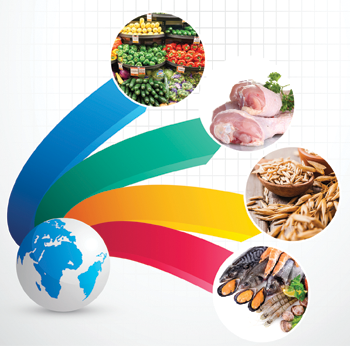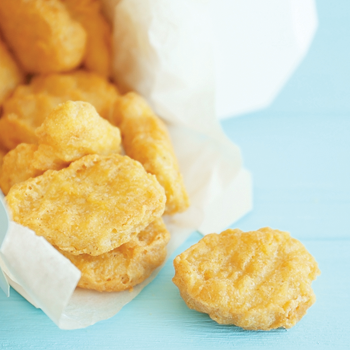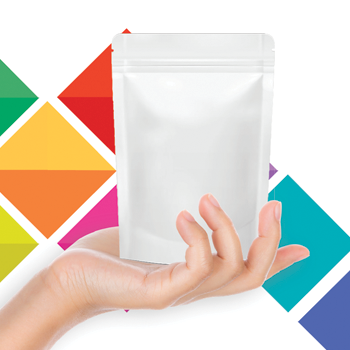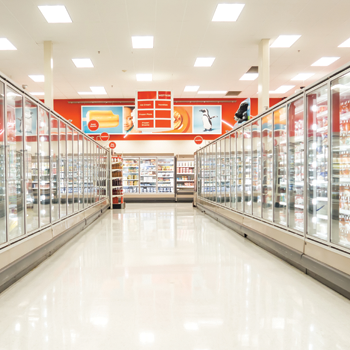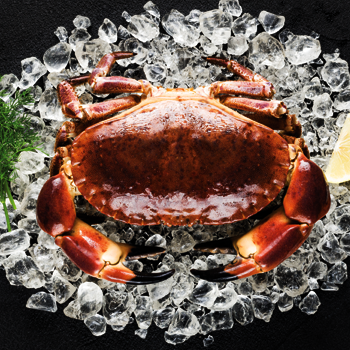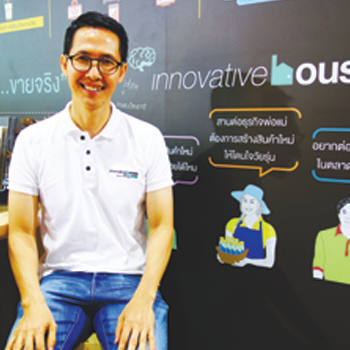
บ้านแห่งนวัตกรรม…งานวิจัยเพื่อเพิ่มโอกาสทางธุรกิจ
โดย: กองบรรณาธิการ
Editorial Team
Food Focus Thailand Magazine
editor@foodfocusthailand.com
Full article TH-EN
ผู้ประกอบการอุตสาหกรรมอาหารและเครื่องดื่ม ไม่ว่าจะเป็นรายเล็ก กลาง หรือใหญ่ ไม่ว่าจะเป็นหน้าเก่าและเก๋าในวงการ หรือมือใหม่ป้ายแดง หลายท่านอาจมีคำถาม… มีไอเดีย แต่ไม่มีตลาด…หรือแม้แต่การสานต่อธุรกิจของครอบครัว ซึ่งต้องปัดฝุ่น ขัดสนิม ให้ตอบโจทย์ความต้องการของตลาด
คำถามเหล่านี้อาจถูกคลายปม หรือจุดประกายความฝันใหม่ๆ ได้กับชุดโครงการ “การพัฒนาผลิตภัณฑ์ Innovative House” ซึ่งเป็นหนึ่งในชุดโครงการภายใต้ฝ่ายอุตสาหกรรม สำนักงานกองทุนสนับสนุนการวิจัย (สกว.)
“ในวันนี้ สกว. ได้จับมือกับโครงการสนับสนุนการพัฒนาเทคโนโลยีของอุตสาหกรรมไทย (ITAP) สำนักงานพัฒนาวิทยาศาสตร์และเทคโนโลยีแห่งชาติ (สวทช.) ร่วมให้การสนับสนุนทุนวิจัยสำหรับ SMEs เพื่อพัฒนาศักยภาพของผู้ประกอบการในอุตสาหกรรมอาหารและอุตสาหกรรมที่เกี่ยวข้อง เป็นการสร้างแต้มต่อทางธุรกิจ” ผู้ช่วยศาสตราจารย์ ดร.โสภาค สอนไว ผู้ประสานงานชุดโครงการ Innovative House กล่าว พร้อมเสริมว่า เป้าหมายของโครงการนี้ คือ การวิจัยและพัฒนาผลิตภัณฑ์เพื่อสร้างเทคโนโลยีและสินค้านวัตกรรม ตลอดจนศึกษาองค์ความรู้ต่างๆ เพื่อเพิ่มมูลค่าให้กับวัตถุดิบทางการเกษตร ลดต้นทุนในการผลิตให้กับกลุ่มอุตสาหกรรมอาหาร เครื่องสำอาง เวชสำอาง และผลิตภัณฑ์เสริมอาหาร
“เราต้องการสนับสนุนการใช้นวัตกรรมเพื่อผลักดันธุรกิจของผู้ประกอบการ ไม่ว่าคุณอยากจะแก้ปัญหาผลิตภัณฑ์เดิม เพิ่มผลผลิต ลดต้นทุนในการผลิต หรือพัฒนาผลิตภัณฑ์ใหม่ เราดูแลให้จนได้สูตรที่ผู้ประกอบการสามารถนำไปผลิตเพื่อจำหน่ายได้” ผู้ช่วยศาสตราจารย์ ดร. โสภาค เล่า
ในด้านงบประมาณสนับสนุนนั้น ชุดโครงการ “การพัฒนาผลิตภัณฑ์ Innovative House” มีงบสนับสนุน 100 ล้านบาท โดยแบ่งประเภทของทุนวิจัยออกเป็น 2 กลุ่ม คือ 1) กลุ่มฟังก์ชัน เน้นการสร้างนวัตกรรม งานวิจัยเชิงลึก ใช้ระยะเวลาวิจัย 12-18 เดือน มีงบประมาณสนันสนุนจาก สกว. รวม 52 ล้านบาท ในแต่ละโครงการวิจัย สกว.สนับสนุนงบประมาณให้อย่างมากร้อยละ 80 และงบประมาณจากผู้ประกอบการเองอย่างน้อยร้อยละ 20 ซึ่งจะอยู่ในรูปแบบของเงินสด (In cash) ร้อยละ 10 และวัตถุดิบหรือเครื่องมือที่ใช้ในการทำวิจัย (In kind) อีกร้อยละ 10 และ 2) กลุ่ม RPD หรือ Research and Product Development เน้นการพัฒนาผลิตภัณฑ์ใหม่หรือแก้ไขปัญหาเดิม ใช้ระยะเวลาวิจัย 10 เดือน มีงบประมาณสนับสนุนจาก สกว. และ ITAP ของ สวทช. รวม 48 ล้านบาท ซึ่งงบประมาณของแต่ละโครงการวิจัยเป็น 480,000 บาท โดย สกว. และ ITAP ของ สวทช. ให้การสนับสนุน 320,000 บาท และเป็นงบประมาณจากผู้ประกอบการเอง 160,000 บาท โดยจะอยู่ในรูปแบบของเงินสด 80,000 บาท และวัตถุดิบหรือเครื่องมือที่ใช้ในการทำวิจัยอีก 80,000 บาท
Whether food and beverage industry entrepreneurs is small, medium or large, or whether they are new or last-long in the industry, many may have questions, have idea but no market, or a family business, which they need to change and create new idea to serve demand of the market.
We can get answers and spark some creative idea with the project named “Innovative House Product Development”, one of a series of projects under the industry department of the Thailand Research Fund (TRF).
“TRF and the Industrial Technology Assistant Program (ITAP) of the National Science and Technology Development Agency (NSTDA) have jointly supported research scholar for SMEs under the joint research scholarship project, which is aimed to develop the potential of enterprises in the food and related industries, as well as enhance business handicap,” Assistant Professor Dr.Sopark Sonwai, coordinator of Innovative House said. He added that the goal of this project is R&D of the products, build technology and innovative products, as well as study paradigm in order to add value to agricultural products, reduce production costs for food industry, cosmetics, and dietary supplements.
“We would like to support the use of innovation to drive up businesses growth. Whether you want to solve existing product problems, increase productivity, reduce production costs, or even develop new products, we take care to get the formula which can be further expanded for commercial scale,” said Assistant Professor Dr.Sopark.
In terms of budget support, Innovative House Project has funded THB 100 million. The fund could be divided into two pillars; 1) Functional group focusing on innovation, in-depth research for research period between 12-18 months with a budget of THB 52 million from TRF. In each project, TRF provides support by 80 percent of the budgets, while enterprises have supported their own budget by at least 20 percent, which are in cash (10 percent) and another 10 percent is raw materials or research tools (in-kind) and 2) The RPD Group or Research and Product Development emphasizing on new product development or problem solving. The research period is 10 months. The total budget funded by TRF and ITAP of NSTDA worth THB 48 million. Each project will be funded worth THB 480,000. TRF and ITAP of NSTDA provides support worth THB 320,000 and enterprises have supported their own budget THB 160,000, which are in cash (THB 80,000) and raw materials or research tools (THB 80,000).
